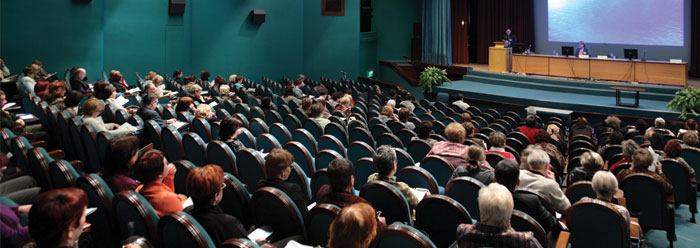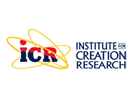
Powerhouse of Scientists Refute Evolution, Part One
by Brian Thomas, M.S. *
In 2011, the “Biological Information: New Perspectives” conference was held in which 29 leading design scientists technically assessed critical aspects of Neo-Darwinian theory. This evolutionary theory holds that new biological information arises when mutations allow nature to select between organisms, and when it first appeared many scientists thought it was a brilliant idea. However, according to those participating in the 2011 conference, the theory has proven to be inadequate and now needs replacement. The participants’ major findings, published technically in 2013, were summarized and grouped into three major themes.1 Here, we report on the first theme, “The Nature of Biological Information,” which considers what information is in general, and what it looks like in cells, human languages, and computer software.2 Future Creation Science Updates will report on the second and third themes.
In one paper, German information theorist Dr. Werner Gitt and two co-authors compared biological information to computer software and human language. Many are already familiar with the “language” of genetic code—it has all the elements of human language, including symbols, meaning, syntax, grammar, and purposeful content. Gitt’s team concluded that information, in general, is a non-material entity vital for life. It can be defined as “that which is communicated.” As such, they ask how any material mechanism like Neo-Darwinism could ever produce non-material entities such as biological language?
In another paper, language expert Dr. John Oller highlighted the fact that because cells use more than just one code (they use the genetic code, a splicing code, epigenetic codes, and others), and because these codes communicate with one another, the likelihood that any natural, material-based process formed them is utterly miniscule.
In a third paper, Jonathan Wells, molecular biologist and author of The Myth of Junk DNA, explained that Neo-Darwinism has to explain more than just the origin of a small fraction of DNA information. New experiments keep confirming that almost all DNA is packed with information—there may be no such thing as an empty sequence—and it’s just too much code for nature to have written through random mutational processes.
As if these arguments were not a big enough hurdle for any naturalistic explanation of the world, other authors considered how multiple overlapping genetic codes show even greater complexity in cellular information. Because DNA is a double-stranded molecule with the strands having complementary codes, it can hold multiple codes in the same space. It’s like reading a page right-side-up, then reading a whole new message from the same page held upside-down. A single mutation—like changing one word—alters both coded messages at the same time. So, even if a change adds useful information to a message on one strand, chances are that it will subtract information from the other strand. The study authors demonstrated that the mathematical chance of a mutation adding information to both messages would be extremely rare at best.
Dr. Donald Johnson, in a fourth paper, compared computer software with biological information, and he was uniquely qualified to do so, having a doctorate in each discipline. He concluded that although both computers and cells contain information, the information within cells is much more sophisticated. Geneticist John Sanford summarized Johnson’s work, writing,
Nobody thinks that computer networks (including the associated hardware, software, language, and specified meaning), could ever arise spontaneously. So is it reasonable to think that vastly superior biological information systems, occurring just above the atomic level, could arise by any type of Darwinian trial/error process?2
Similarly, Ph.D. candidate Josiah Seaman presented his findings that genome architecture closely resembles that of executable computer code, including what geneticists call repeat sequences. Evolutionary biologists like Dr. Francis Collins have long assumed that this repetitive-looking code contains useless leftovers from some long evolutionary past, but Seaman’s analysis confirmed what Jonathan Wells said: Perhaps all the DNA—even its repeats—contains vital or useful information.
These reports illustrate that cells don’t just use simple smoke signals. The extent, precision, and effectiveness of their communication boggle the mind. “All of this biological information demands an explanation in terms of its origin and preservation,” and Neo-Darwinism explains virtually none of it.2 No wonder these qualified scientists doubt Darwinism.
References
- Marks, R.J., M.J. Behe, W.A. Dembski, B.L. Gordon, and J.C. Sanford, Eds. 2013. Biological Information: New Perspectives. Singapore: World Scientific Publishing Co. Pte. Ltd.
- Sanford, J.C. 2014. Biological Information: New Perspectives. A Synopsis and Limited Commentary. Waterloo, NY: FMS Publications.
* Mr. Thomas is Science Writer at the Institute for Creation Research.
Article posted on June 13, 2014.




